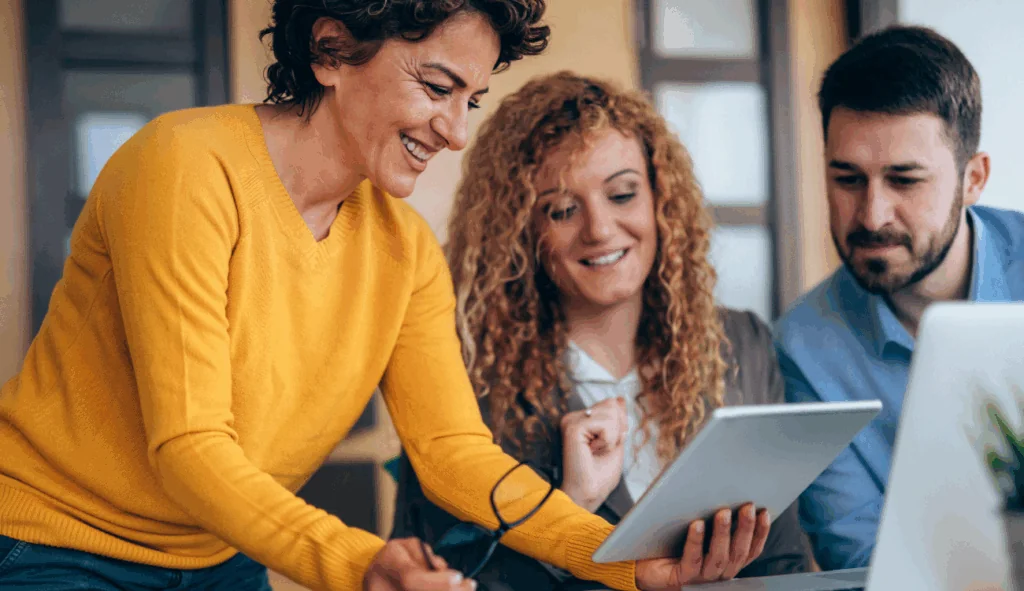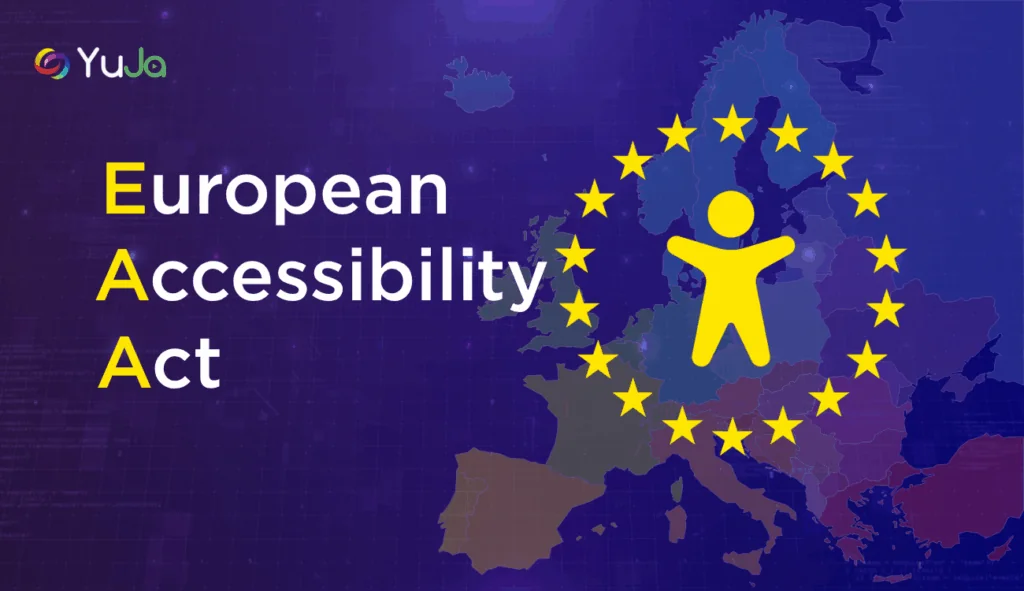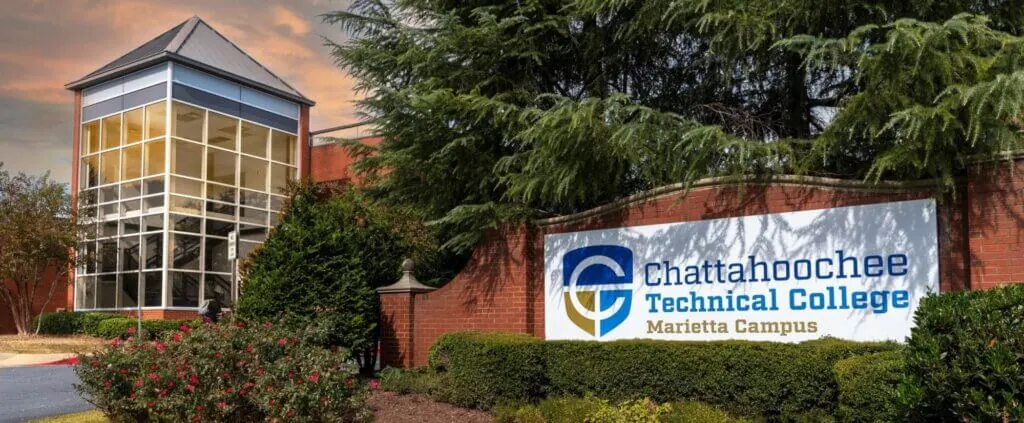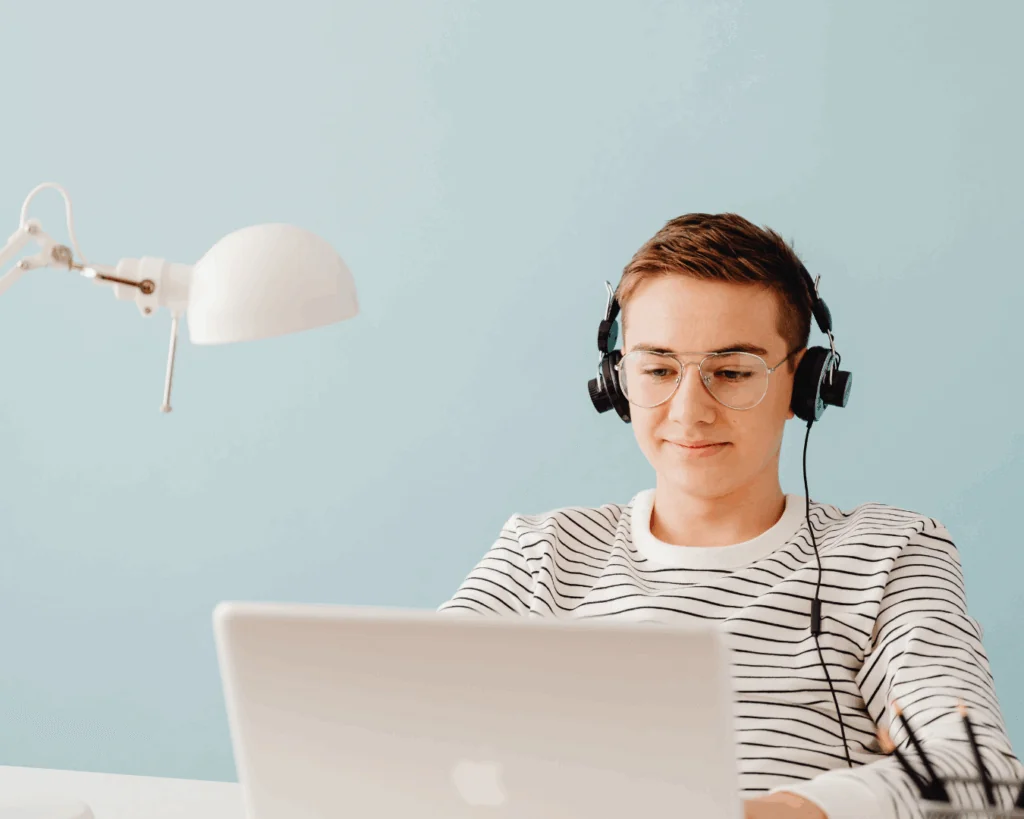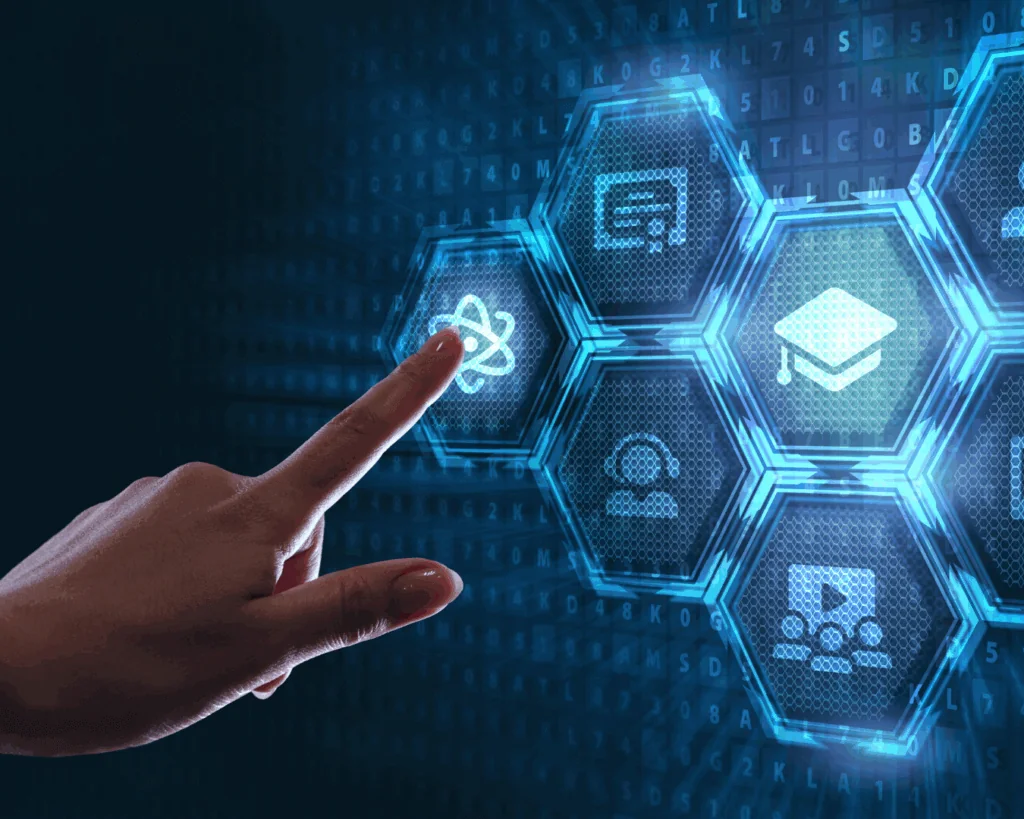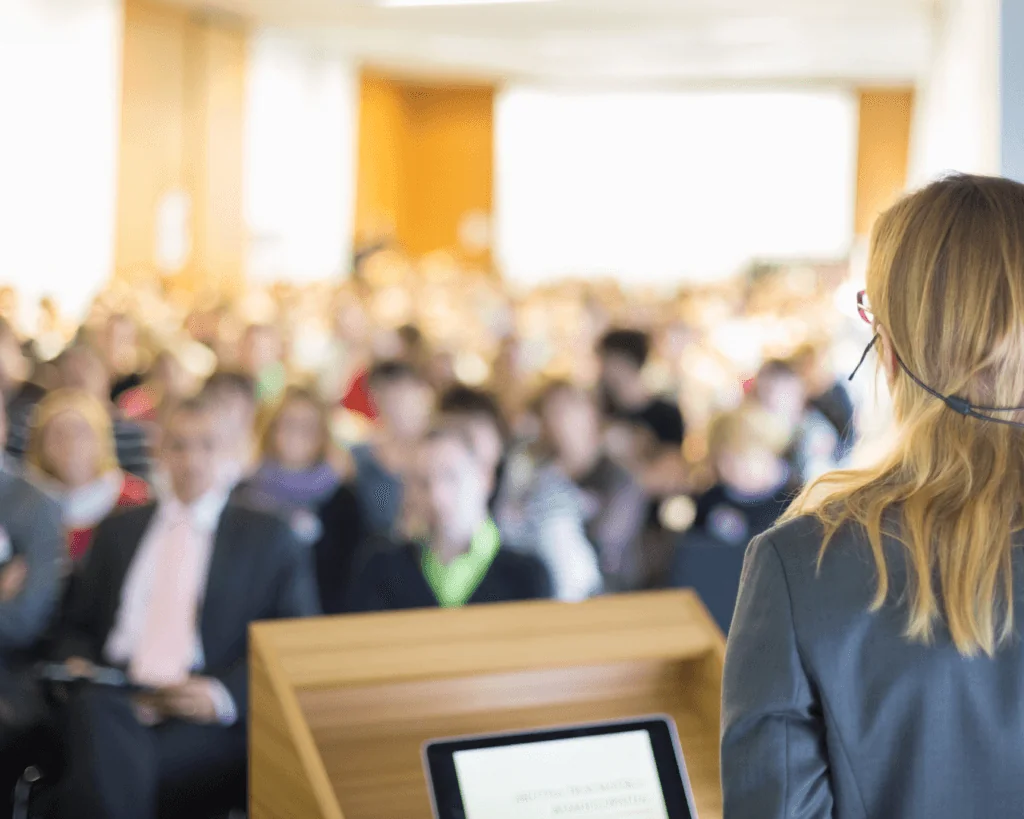For leaders in higher education, ensuring digital accessibility isn’t just about legal compliance, it’s about creating inclusive learning environments that serve all students.
Understanding the Tharpe v Osseo Case
The case centered on Ava Tharpe, a teenage student with a severe form of epilepsy that causes frequent seizures, especially in the morning. Her condition made it impossible to attend traditional school hours, so she needed evening instruction to receive the same amount of education as her peers.
The family moved from Kentucky to Minnesota, where her new school district refused to accommodate her needs. Ava’s family sued under the Americans with Disabilities Act and Section 504 of the Rehabilitation Act. Her father told NPR that the legal challenge wasn’t just about Ava’s specific situation, but for all families and their “right of access for their children to educational opportunities.”
Federal appeals courts had been split on what standard schools should be held to when families claim discrimination. Some courts required families to prove schools acted with “bad faith or gross misjudgment,” a much higher bar than other disability discrimination cases. Other courts applied the standard “deliberate indifference” test used everywhere else.
The Supreme Court unanimously ruled that schools should be judged under the same “deliberate indifference” standard as other institutions, not a special, tougher standard just because they’re schools. Chief Justice John Roberts wrote, students with disabilities face “daunting challenges on a daily basis” and shouldn’t have to meet a higher legal standard than other discrimination plaintiffs.
What the Decision Means for Institutions
The Supreme Court’s decision sends a clear message that educational institutions need comprehensive approaches to accessibility.
Research from the National Center for Education Statistics (NCES) shows two-thirds of higher education students with disabilities do not inform their schools about their needs, meaning many students are struggling with inaccessible content without institutions even knowing it.
Rather than waiting for students to request accommodations, or file discrimination complaints, institutions need systems that ensure content is accessible from the moment it’s created.
Modern accessibility requires:
- Proactive content scanning to identify accessibility barriers before students encounter them
- Automatic alternative formats like audio versions, high-contrast displays, Braille formats, and language translations
- Real-time remediation tools that allow instructors to fix issues immediately
- Institution-wide visibility through dashboards that track accessibility across the digital learning ecosystem
The Tharpe v. Osseo decision makes it clear that educational institutions are now held to the same legal standard for disability discrimination as other entities, reinforcing the need for consistent and equitable treatment. Institutions that embrace comprehensive digital accessibility don’t just reduce legal risk—they create better learning environments.


